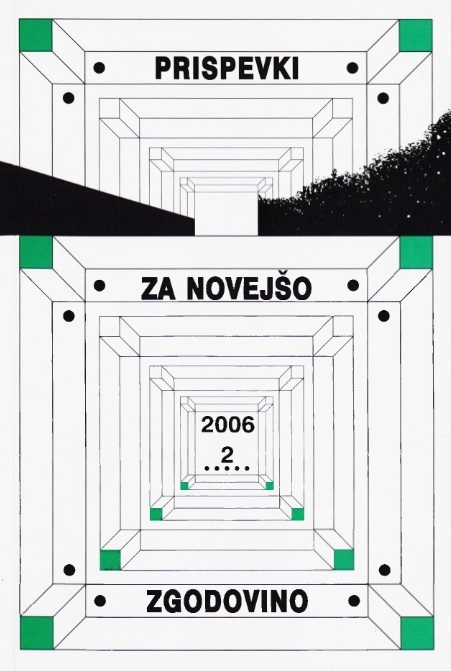Sto in en dan konvertibilnega dinarja med svetovnima vojnama
The One Hundred and One Days of the Dinar Convertibility between the Two World Wars
Author(s): Dragana GnjatovićSubject(s): National Economy, Economic history, Political history, Economic policy, Government/Political systems, International relations/trade, Interwar Period (1920 - 1939)
Published by: Inštitut za novejšo zgodovino
Keywords: Yugoslavia; Great Depression; Dinar convertibility; Bank of International Settlement; gold-currency standard; reparations; German reparations;
Summary/Abstract: In June 1931, during the Great Depression and at the most unfavourable time for monetary reforms, the Yugoslav government declared the convertibility of the Dinar. In the paper, the author analyses political and economic reasons for this decision, especially from the viewpoint of Yugoslavias specific international financial situation. In the period between the two world wars, the payment of Allied war debts was bound with German reparations. For the purpose of processing such payments, the Bank of international Settlement (BIS) was founded in Basel in 1930. A basic requirement for a country, entitled to the reparations, to become a shareholder by paying the share capital, was the stabilisation of its national currency. This BIS requirement was entirely compliant with the recommendation of the International Monetary and Financial Conference of Genoa in 1922, that countries should return to the gold exchange standard, using as a cover gold ingot reserves or a combination of gold and currency, instead of gold alone. With the declaration of the Dinar convertibility on 28 June 1931, Yugoslavia became entitled to the subscription of 4,000 shares of an initial bank fund in a total value of 10 million golden Swiss Francs.
Journal: Prispevki za novejšo zgodovino (before 1960: Prispevki za zgodovino delavskega gibanja)
- Issue Year: 46/2006
- Issue No: 2
- Page Range: 27-40
- Page Count: 14
- Language: Slovenian

